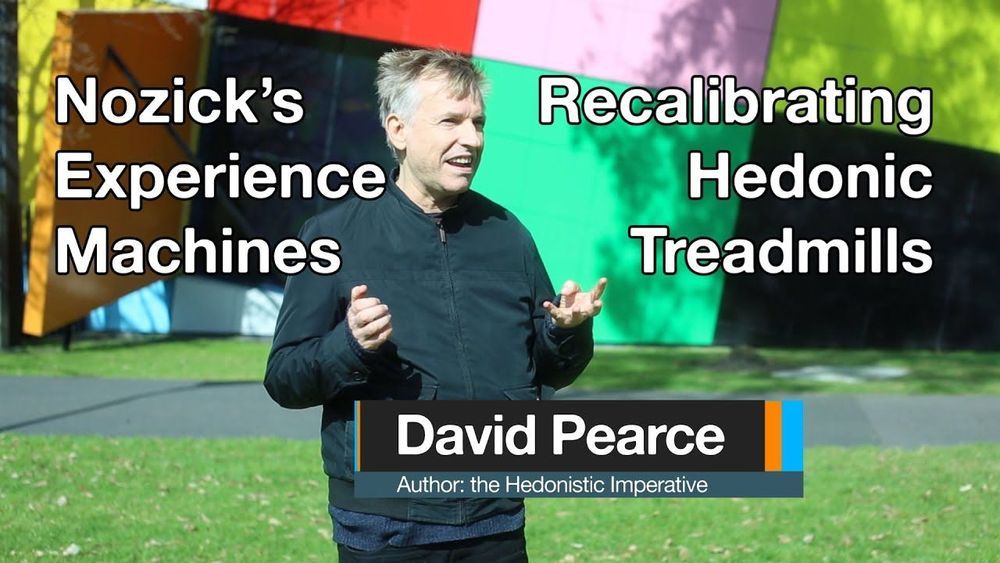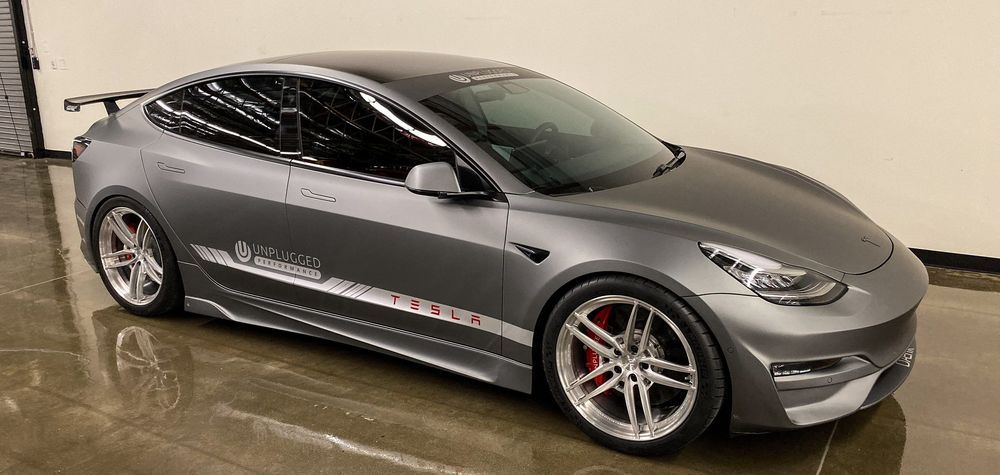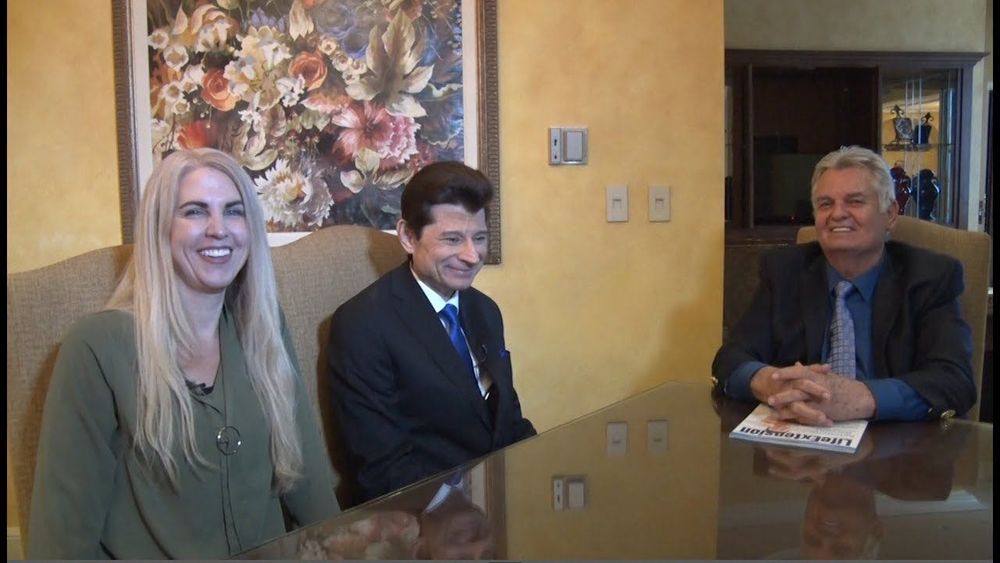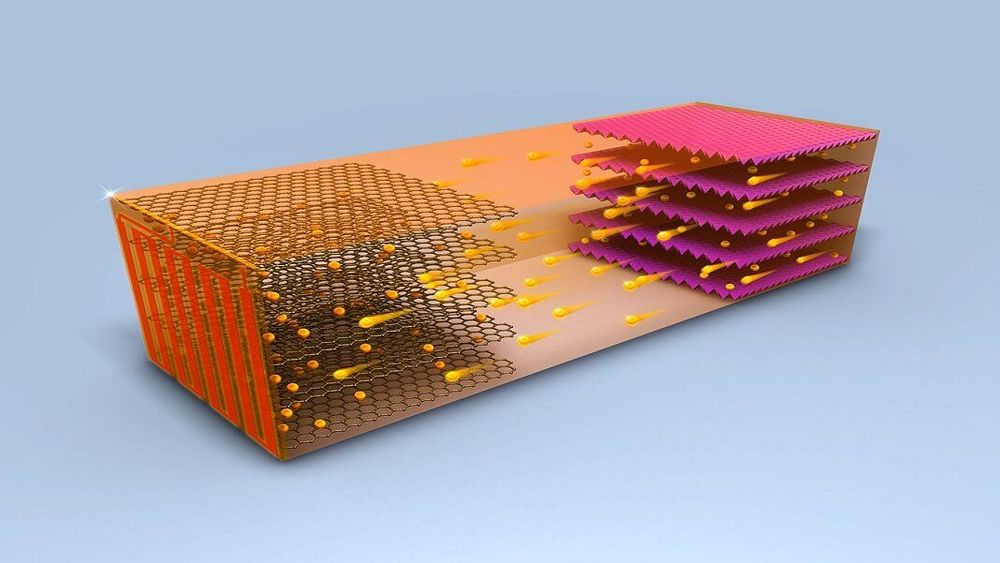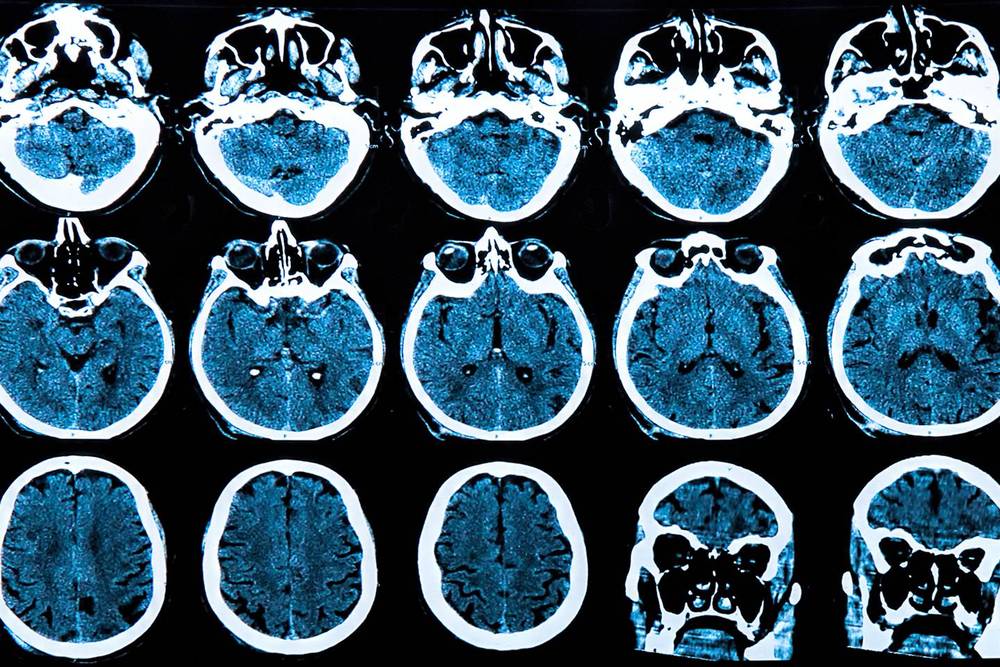Holon-based cancer immunotherapy company Compugen disclosed encouraging preliminary results on Tuesday from its Phase 1 clinical trial for an antibody acting against a novel cancer drug target (PVRIG) in patients with advanced solid tumors.
The Nasdaq and Tel Aviv-listed company, a pioneer in predictive drug target discovery, has developed innovative computational discovery platforms to identify new drug targets and subsequently produce first-in-class therapeutics. The clinical trial of the anti-PVRIG antibody, called COM701, aimed to assess the safety of escalating doses of the therapy in patients with advanced solid tumors, but also demonstrated initial signals of anti-tumor activity in the heavily pre-treated patient population enrolled in the study.
“We are encouraged by the emerging safety profile and initial signals of anti-tumor activity of COM701,” said Compugen president and CEO Dr. Anat Cohen-Dayan.

